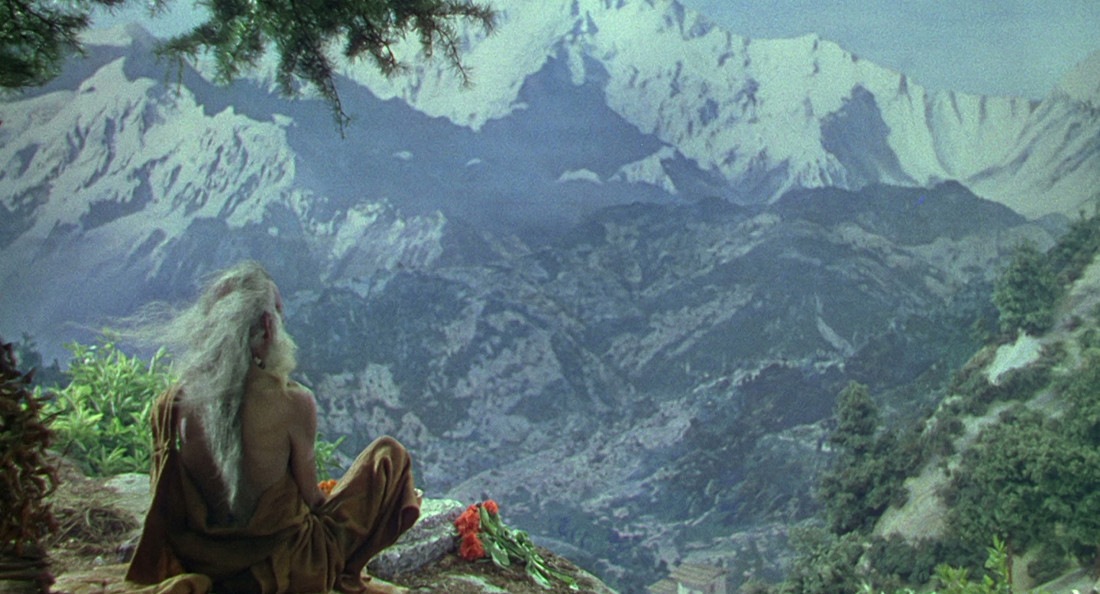Critipeg: Black Narcissus (1947)
Available on Apple TV and Criterion Channel, ★★☆☆☆
In November of 2020, BBC One is set to release a miniseries adaptation of the 1947 Academy Award-winning film Black Narcissus, which follows a group of nuns who travel to a Himalayan village to establish a school and hospital in the old palace of an Indian raja. While there, tensions rise between the nuns, as jealousy and anger begin to take them over.
It must be acknowledged that all but one of the Indian characters in this film are portrayed by white actors in brownface.
While this likely would not have caused offence to the intended white audience of its time, it certainly does now. The ignorance of the 1940s should not go unchecked: brown/blackface, no matter the time or the context, is disgusting and reprehensible. In fact, the racism is so blatant that it distracts from the film’s high quality.
It’s almost impossible to discuss the actors’ skill when their portrayal of Indian people is so revolting. While the white characters in the film behave with dignity and intelligence, the film’s racist interpretation of Indian people shows them to be dimwitted, obnoxious and one-dimensional. If that isn’t bad enough, the white characters are often dismissive toward their “coloured” counterparts, particularly in the way they casually refer to them as “primitive.”
But, ultimately, the presence of this grossly stereotypical depiction of Indian people is nothing but a plot device. In other words, these racist caricatures are in the film for the sole purpose of progressing a story about white people.
This particular story about white people centres around sexaulity and desire. While the film’s narrative offers a complex take on urges, love and trauma, the story also includes a problematic connection between the nuns’ volatile human emotions and the villagers’ stereotypical and inaccurately portrayed culture.
As a few of the nuns begin to succumb to their raw emotions, the film cuts to various shots of ancient erotic art painted on the old palace’s walls. Additionally, as tensions continue to build, the sound of the villagers’ drums boom louder and louder, and red lighting and effects taint the screen.
Even Mr. Dean, a white and conventionally attractive man living among the villagers, warns the nuns to flee, claiming that there is something about the village that changes people in dangerous ways. Connecting the villagers’ culture to the violence that ensues is beyond dehumanizing.
All in all, the 1947 Black Narcissus is a well-made film. It’s well-acted, well-shot, well-edited and well-executed. But the film’s quality is offset entirely by its content.
There are a sect of people who might be able to make the informed decision to look past the film's racist aspects and get some enjoyment out of the story. But due to the film’s repugnant depiction of Indian people, it cannot and should not be recommended lightly.
Hopefully, the BBC’s upcoming Black Narcissus miniseries will shed the racist baggage of the 1947 film and preserve its praiseworthy parts.
Published in Volume 75, Number 08 of The Uniter (November 5, 2020)







